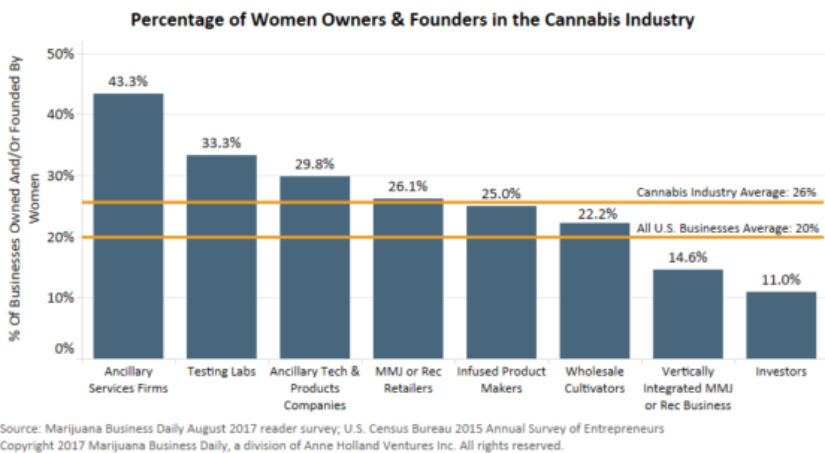By Jason Eargle, founding partner, Hempgrid
There are many opportunities within the hemp industry, and in order for this plant to reach its full potential, we need to embrace the full potential of a wide variety of individuals.
Admittedly, our nation’s agricultural community tends to be less diverse than our general population, at least in terms of ownership (labor is another story).
Historically, minorities, women and small farmers have been disenfranchised within agricultural commerce and they still see many barriers to entry within the business. The 10-year restriction on convicted felons within the 2018 Farm Bill, for instance, delivers additional punishment to those who may have served time for past, non-violent cannabis offenses. Often the individuals most affected by this law are Black or Hispanic; they are not allowed to obtain the licenses that provide entry into this promising industry.

Access is also an issue, as most of the land being owned by white farmers.
But there is good news developing, and our organization applauds any ways in which the nascent hemp industry can truly embrace diverse talents, voices and opportunities.
Despite institutional constraints like those imposed by the Farm Bill, Cannabis businesses have demonstrated a better record of hiring and retaining minority and women executives than other American businesses (as seen in the charts below). That’s progress - but there is still a lot of work to do.
To that end, The Hemp Alliance Group and Hempgrid are designing a company and SOP’s designed to actively engage with people of color, historically black colleges and universities, minority- and female-owned companies, and more.

Hemp is an amazing plant; it’s our hope that it can start to weave together a more perfect union. For all of us.
